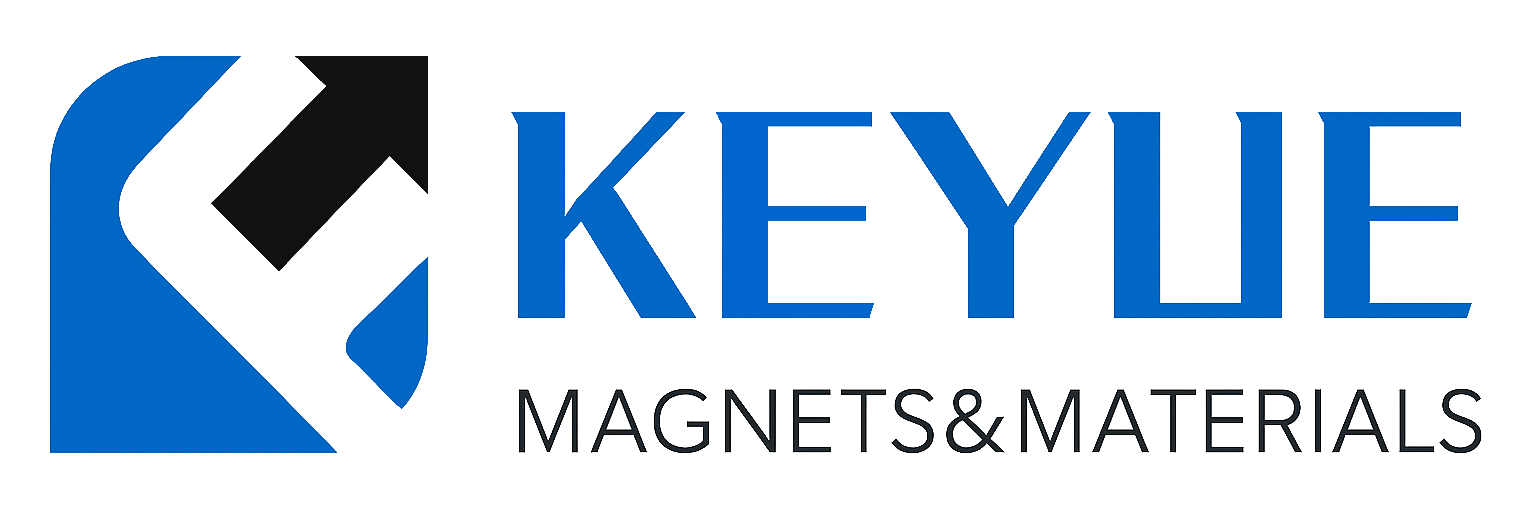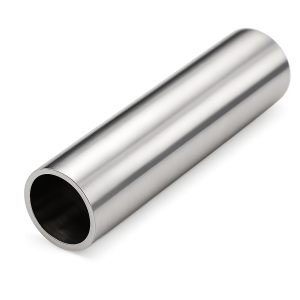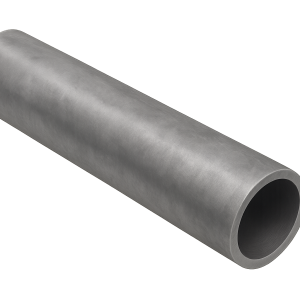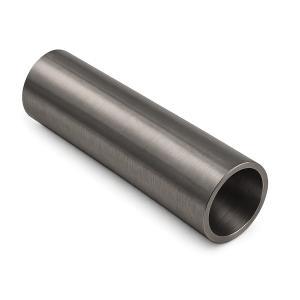描述
钼钛锆合金管(MoTiZr Tube)
产品简介
钼钛锆合金管(MoTiZr Tube)是一种以钼为基体,加入适量钛(Ti)与锆(Zr)元素的多元合金管材。该材料兼具高温强度、优异的抗氧化性能与良好的可焊接性,在极端环境下表现出优异的稳定性。MoTiZr 合金常用于真空系统、高温结构件、核反应装置以及电子电极组件中,是一种高性能的难熔金属合金管。
产品详情
苏州科跃材料科技有限公司提供的钼钛锆合金管采用高纯钼粉、钛粉与锆粉通过**真空烧结与热等静压(HIP)**技术制备,随后经机械加工与精抛处理,确保管壁均匀、组织致密、表面光滑。
主要规格如下:
-
合金成分(wt%):Mo 88–93%,Ti 3–6%,Zr 3–5%(可根据需求调整)
-
外径范围:5 – 80 mm
-
壁厚:0.5 – 6 mm
-
长度:≤800 mm(可定制)
-
纯度等级:≥99.9%(元素总纯度)
-
工艺:真空烧结 / HIP / 精密机械加工 / 抛光
添加钛与锆能有效提高钼在高温氧化环境下的抗裂性与抗污染能力,使其成为传统钼管的升级替代材料。
应用领域
MoTiZr 合金管凭借优异的热稳定性与抗化学腐蚀性能,被广泛应用于:
-
真空系统与高温炉组件:用于支撑、保护及导气通道。
-
半导体与光电材料制备:作为沉积腔或气体输送管,减少杂质污染。
-
核能与航空航天:用于核反应堆组件、燃料包壳与推进系统。
-
化工与冶金设备:适用于强腐蚀性介质中的流体传输。
-
电极与加热元件:在极端温度下保持良好导电性与机械强度。
技术参数
| 参数 | 典型值 / 范围 | 说明 |
|---|---|---|
| 成分 | Mo 88–93%,Ti 3–6%,Zr 3–5% | 优化抗氧化与延展性能 |
| 密度 | 9.7 – 10.2 g/cm³ | 致密结构,抗形变能力强 |
| 熔点 | 2620 °C(约) | 高温性能优异 |
| 抗拉强度 | ≥850 MPa | 高于纯钼与TZM合金 |
| 硬度 | 250 – 320 HV | 兼顾强度与可加工性 |
| 热导率 | 115 W/m·K | 稳定的导热性能 |
| 工艺 | 真空烧结 + HIP + 精密抛光 | 获得高致密度与洁净表面 |
常见问题(FAQ)
| 问题 | 答案 |
|---|---|
| 与纯钼管相比有什么优势? | MoTiZr 合金在高温氧化与应力条件下表现更稳定,不易脆裂。 |
| 是否可用于真空设备? | 是的,MoTiZr 合金具有极低气体释放率,非常适合真空腔体及导管。 |
| 是否可以根据图纸加工? | 可以,支持精密内外径公差及复杂结构定制。 |
| 在高温下是否易氧化? | 添加Ti、Zr后显著提高抗氧化性,适合长期高温运行。 |
| 是否能与其他金属焊接? | 可通过惰性气氛焊接与钛、钼、不锈钢等金属连接。 |
| 是否适合半导体制程? | 是的,MoTiZr 具有低杂质特性,适用于PVD、CVD设备部件。 |
| 可提供检测报告吗? | 每批产品附带成分分析、尺寸检测与显微组织报告。 |
| 表面可否电解抛光? | 可根据要求提供机械抛光或电解抛光,提高表面洁净度。 |
| 可否制成毛细管? | 可以,最小内径可达 1 mm,用于精密仪器。 |
| 是否支持小批量定制? | 支持科研项目或样品级生产。 |
包装与交付
每根钼钛锆合金管在出厂前均经超声探伤与气体含量分析。产品采用真空密封与防震泡沫包装,并装入坚固木箱,确保国际运输安全。可附带RoHS、REACH及材料认证报告。
结论
钼钛锆合金管(MoTiZr Tube)兼具钼的高温强度与Ti-Zr的抗氧化特性,是适用于真空、高温及腐蚀环境的优质管材。
如需了解更多技术细节或获取报价,请联系:sales@keyuematerials.com

.png)



评价
目前还没有评价